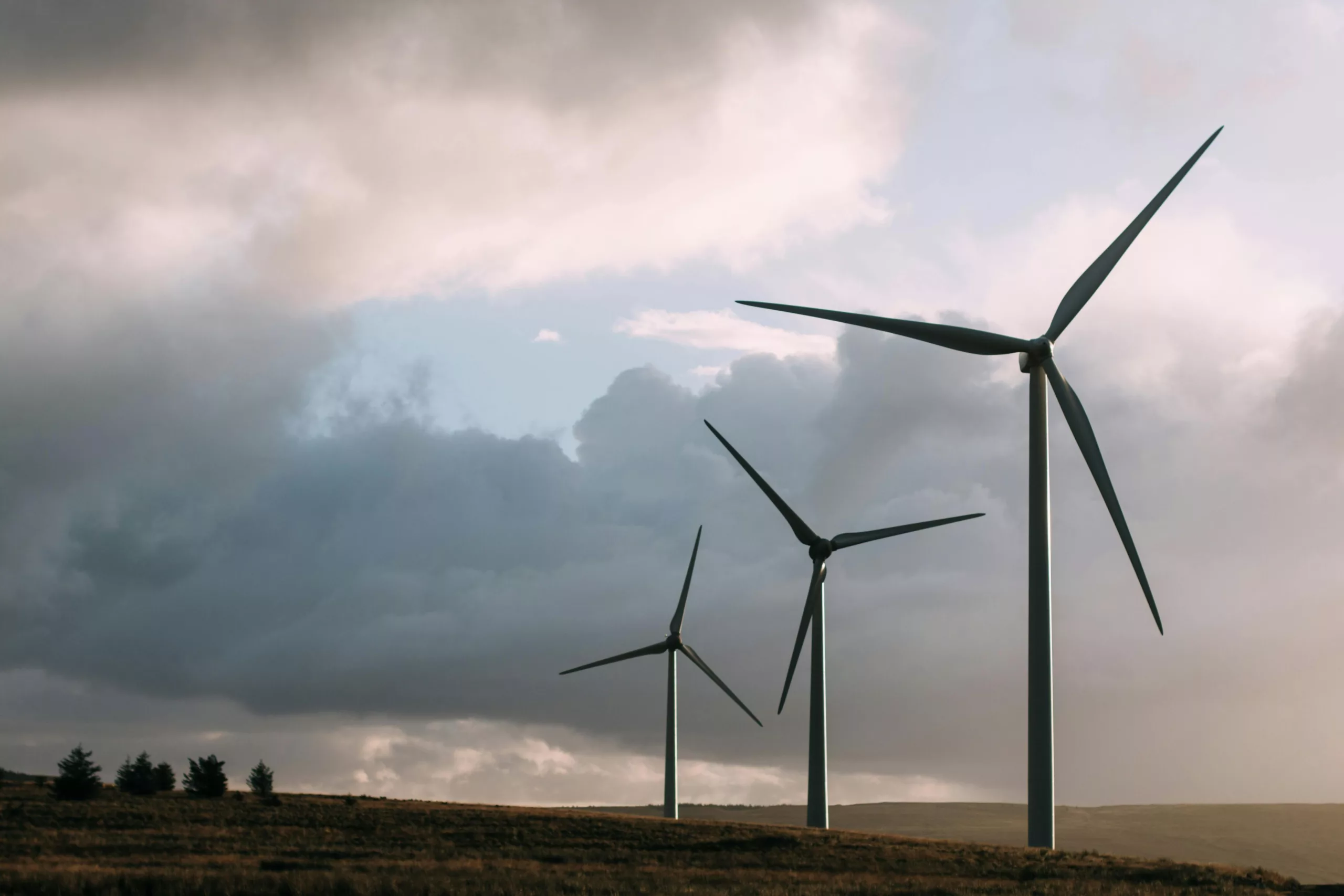In the ever-evolving landscape of energy, a paradoxical trend is taking shape across the United States as communities strive to halt the progression of utility-scale renewable energy installations, ignoring the economic benefits of wind and solar alternatives. While cost-effective and environmentally friendly options become increasingly available, a groundswell of resistance is challenging the shift towards a greener energy paradigm.
Resistance Despite Renewable Affordability
An in-depth county-by-county investigation has cast light on a growing number of locales actively opposing the establishment of substantial wind and solar projects. This startling phenomenon persists even as authoritative sources like Lazard‘s annual report highlight the descent of renewable energy costs, trumpeting the affordability of these eco-conscious alternatives.
It’s no secret that renewable energy costs have plummeted — wind power by 66% and solar by a striking 84% since 2009, sans subsidies. Yet, the chasm between lower costs and increased resistance suggests a deeper, orchestrated objection, likely fueled by entities beyond the communities themselves.
The Opposition’s Surge Against Renewable Energy
What raises alarm isn’t the existence of opposition to clean energy, a long-standing occurrence, but rather its rapid intensification. Data points to an unsettling trend: the rate of local governments forswearing green infrastructure outpaces the rollout of such initiatives. Although only 15% of US counties are currently impeding renewable projects, their strategic positioning in regions rich with renewable resources amplifies their influence.
Nevertheless, the march of renewables seems undeterred by local bylaws. Through interconnected power grids, electricity from renewable sources is shared far and wide, ensuring that even counties dismissing green projects are not immune to the reach of clean energy. Furthermore, the 2022 Inflation Reduction Act triggers an upturn in domestic clean technology manufacturing, paradoxically supported by some opposing counties themselves, creating a complex web of interests and consequences.
A New Dawn with Clean Technology and Innovative Approaches
Amid the dissension, emerging technologies stand poised to subvert traditional energy sectors heavily reliant on fossil fuels. The concept of agrivoltaics, marrying agriculture with solar energy production, presents a compelling alliance capable of tipping the scales in favor of renewables. Conversely, restriction-stricken wind energy sectors seek recourse in distributed energy systems, offering localized solutions that circumvent legislative hurdles. Backed by the federal government’s newfound fiscal injections from the Inflation Reduction Act, these alternatives promise a decentralization of energy generation conducive to the wider adoption of renewables.
Industry’s Inexorable Shift Away from Fossil Fuels
The nail in the coffin for fossil fuel dominance appears to be the burgeoning trend in industrial decarbonization. Multinational corporations like Arkema underline this shift, with their US subsidiaries transitioning towards sustainable energy sources. Securing long-term renewable energy agreements, these firms contribute to a larger narrative of industry taking the reins in climate action, slashing their carbon footprints, and working alongside startups like 3Degrees to meet ambitious targets for greenhouse gas reductions.
Thus unfolds the complex tapestry of the United States’ energy future: a battleground where economic sensibility and environmental sustainability vie against ingrained interests and misinformation. As the country traverses this turbulent terrain, the narrative continues to evolve, highlighting the intricate interplay between local governance, industrial innovation, and the inexorable rise of green energy.
